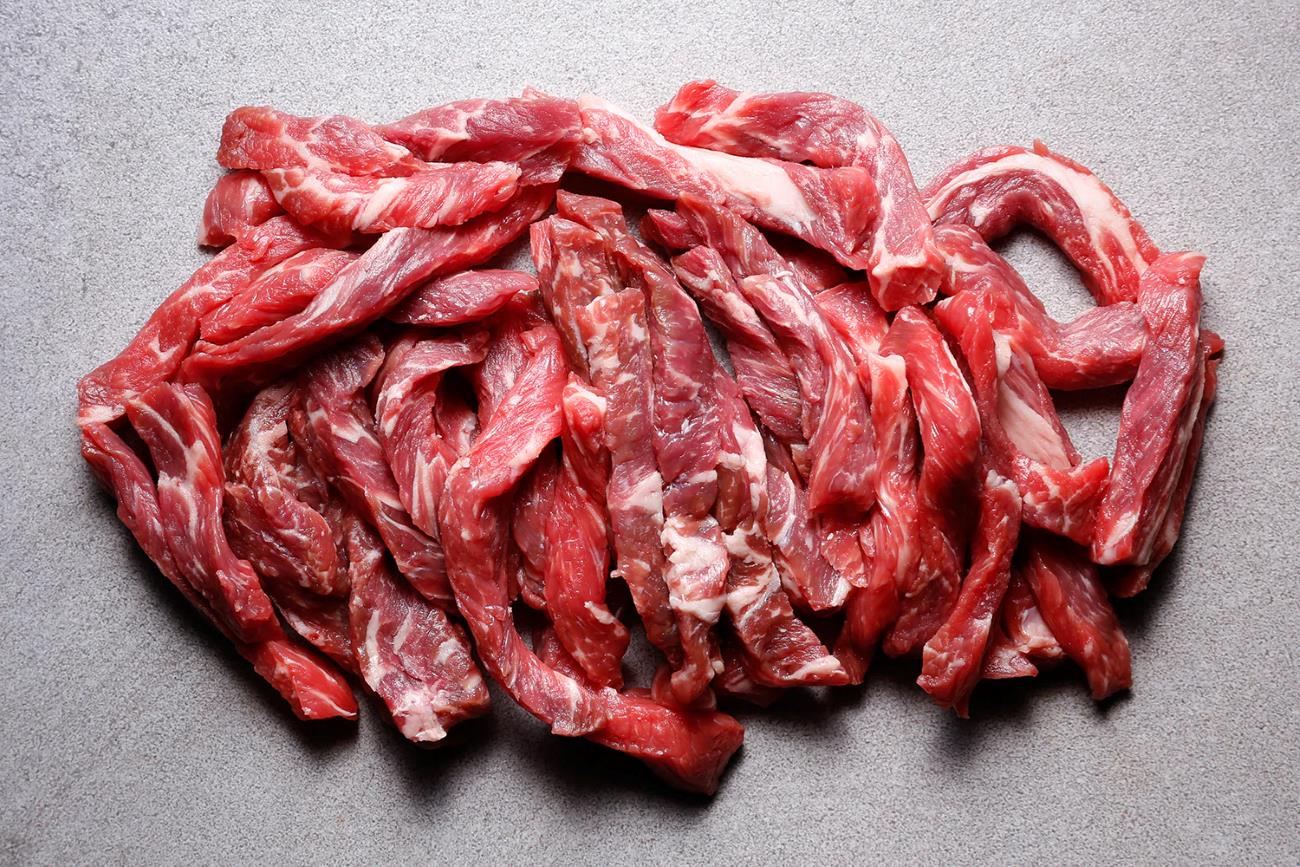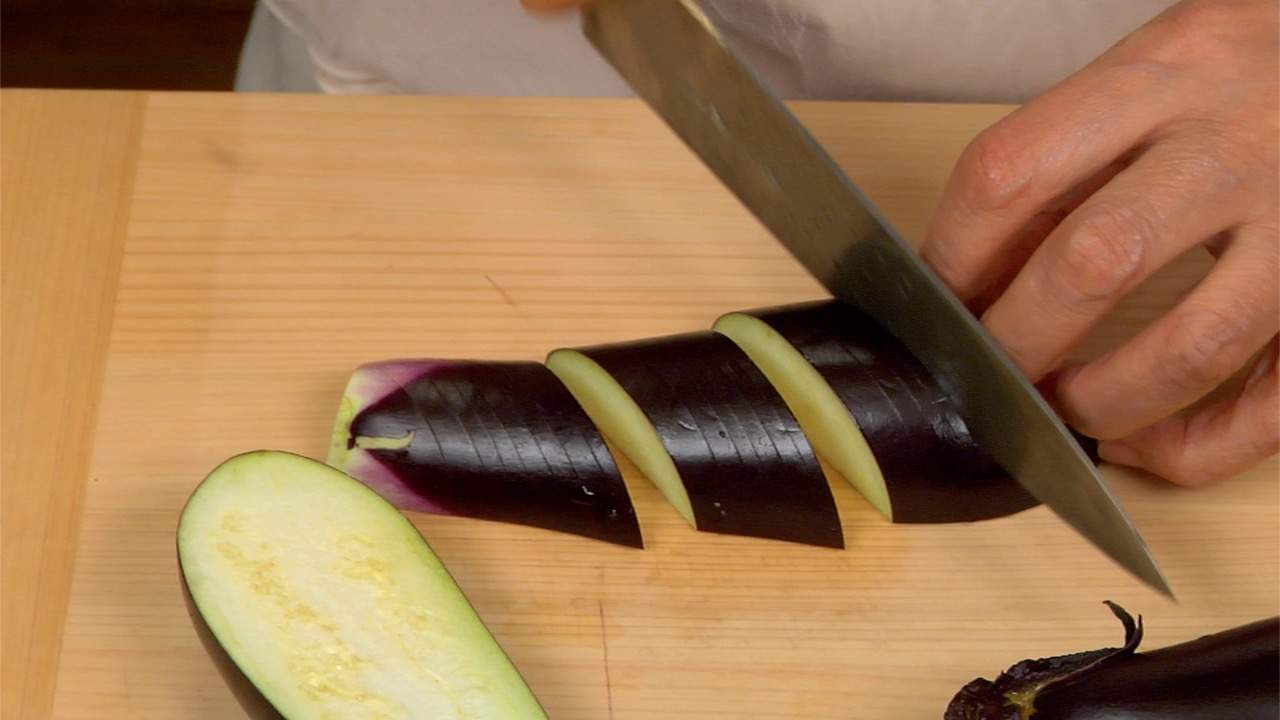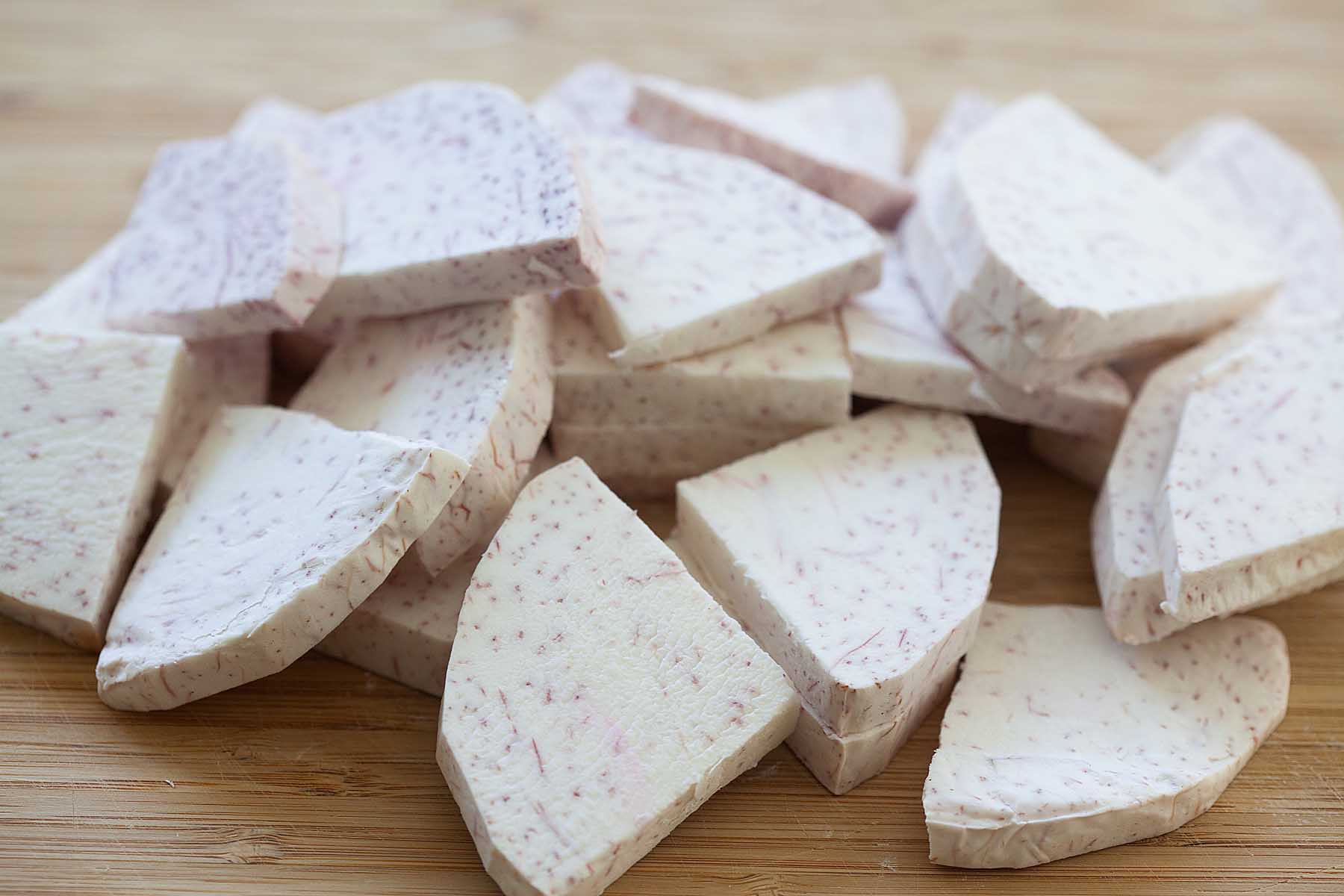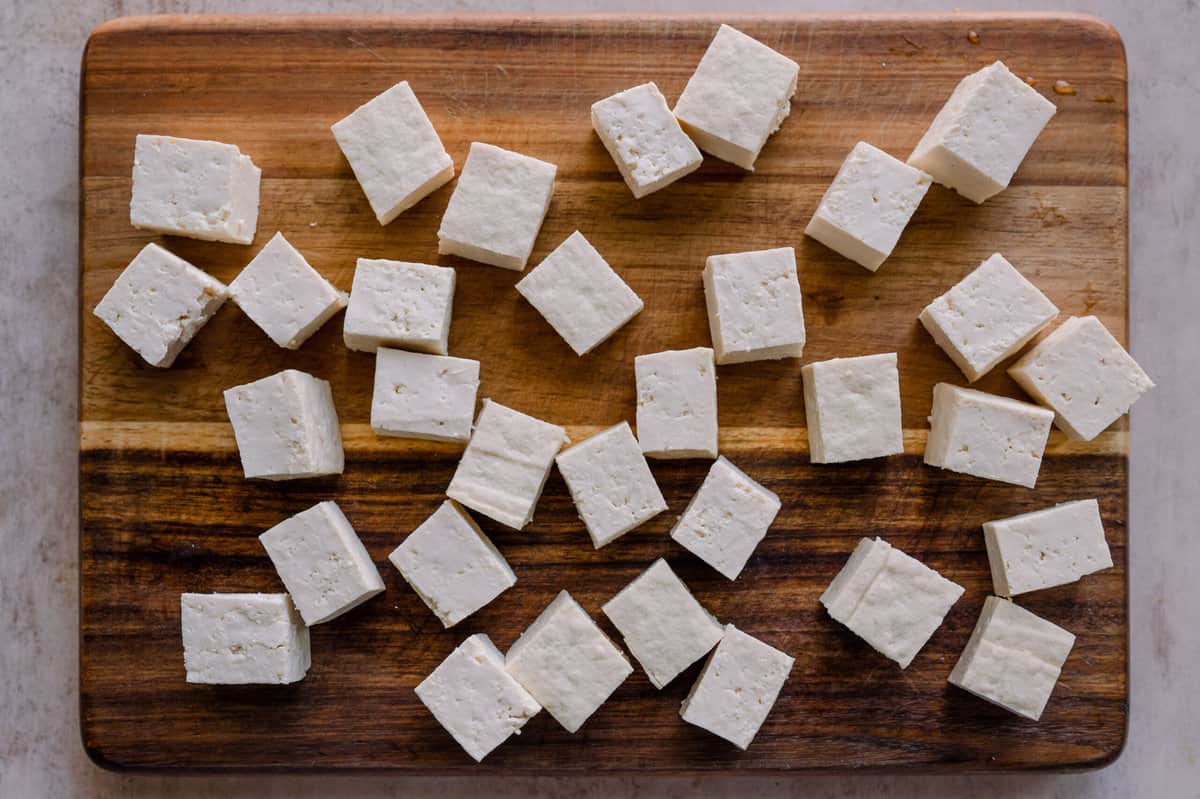How To Cut Vegetables Like A Chef
Are you tired of struggling with uneven, messy vegetable cuts that make your dishes look amateurish? Don’t worry, with a few simple techniques and a bit of practice, you can master the art of cutting vegetables like a professional chef. In this article, we’ll share some valuable tips and tricks to help you elevate your culinary skills to the next level.
1. Use the Right Knife
A chef’s knife is an essential tool for cutting vegetables. Its large, sharp blade allows for precise and controlled cuts. Invest in a high-quality chef’s knife that feels comfortable in your hand. Keep it sharp and well-maintained to ensure smooth and effortless cutting.
2. Master the Basic Cuts
There are several fundamental cutting techniques that every chef should know. Here are a few to get you started:
- Julienne: Slice vegetables into thin, matchstick-like strips. This cut is perfect for stir-fries and salads.
- Dice: Cut vegetables into uniform cubes. Diced vegetables are great for soups, stews, and casseroles.
- Chiffonade: Roll leafy vegetables like spinach or basil leaves into a tight bundle, then slice into thin ribbons. This cut adds a touch of elegance to your dishes.
- Brunoise: Create tiny, uniform cubes by cutting vegetables into small dice, and then further chopping them into smaller pieces. This technique is commonly used in French cuisine to add texture and visual appeal to dishes.
3. Practice Knife Skills
Becoming proficient at cutting vegetables requires practice. Set aside some time to hone your knife skills by practicing different cuts. Start with easier vegetables like onions or carrots, and gradually move on to more challenging ones such as bell peppers or butternut squash. The more you practice, the better you’ll become.
4. Adopt Proper Hand Placement
Proper hand placement is crucial for safety and accuracy while cutting vegetables. Use the “claw” grip: curl your fingertips under and rest the knuckles against the flat side of the knife blade. This grip protects your fingers from accidental cuts and lets you control the blade more effectively.
5. Take Your Time
Rushing can lead to sloppy cuts and even injuries. Take your time when cutting vegetables to ensure precision and avoid accidents. Remember, it’s better to be slow and steady than quick and careless.
6. Keep Your Cutting Board Stable
A stable cutting board is essential for precise cuts. Place a damp towel or a small piece of non-slip matting underneath your cutting board to prevent it from sliding around while you work.
7. Maintain Consistent Slice Thickness
Consistency in slice thickness is key to even cooking. Pay attention to the thickness of your cuts to ensure uniform cooking and presentation.
8. Practice Different Techniques
Don’t limit yourself to a single cutting technique. Explore different methods such as oblique cuts, diagonal cuts, or curved cuts to add variety and creativity to your dishes.
Remember, cutting vegetables like a chef takes time and practice. With perseverance and these valuable tips, you’ll soon be impressing your family and friends with your professional-looking vegetable cuts. Happy chopping!
More Delicious Recipes to Try with Your Newly Acquired Knife Skills
Now that you've mastered the art of cutting vegetables like a chef, it's time to put those skills to the test with a variety of delicious recipes. From the soothing warmth of Hearty Vegetable Soup to the refreshing bite of Fresh Garden Salad, each dish offers a unique way to practice your newfound techniques. I highly recommend trying the Butternut Squash Soup for its need for precision in dicing, which can really showcase your cutting prowess. For those looking to impress at a dinner party, the intricate cuts required for Stuffed Bell Peppers make it a perfect choice. Lastly, the vibrant Rainbow Vegetable Skewers are not only a feast for the eyes but also a great way to get creative with vegetable shapes and sizes.
Was this page helpful?
Read Next: How To Cut Lasagna Noodles











